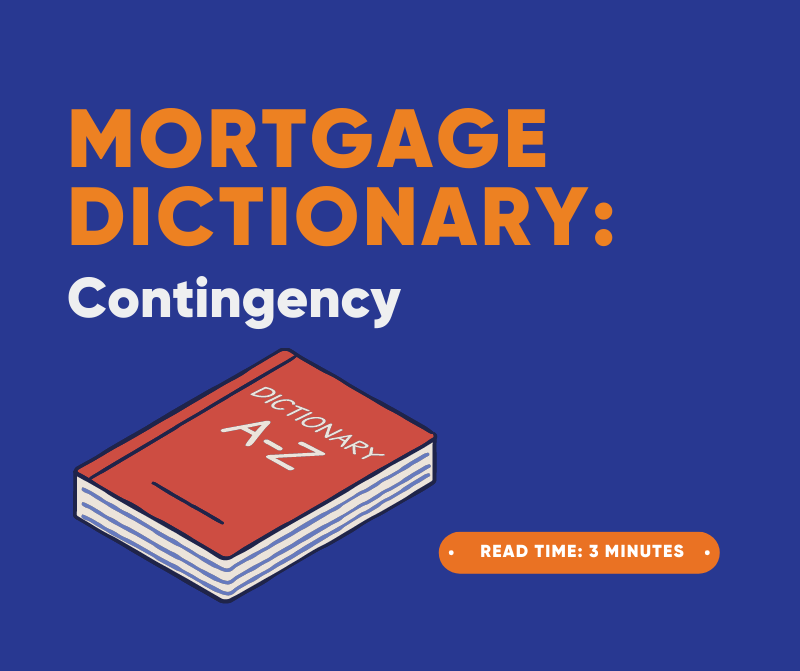
Mortgage Dictionary: Contingency
No one knows when a natural disaster or a family emergency will strike. That’s why it’s important to have a contingency plan in place, just in case. A contingency plan is a roadmap for what you’ll do if something unexpected happens. It helps you stay organized and focused in a crisis, and can minimize the damage done to your life and property.
Mortgage contingency plans are specific to homeowners. They outline what you will do if you can no longer make your mortgage payments. This could be due to a job loss, natural disaster or other emergency situation. If you have a contingency plan in place, you won’t have to worry about losing your home or becoming homeless.
The reason you need a contingency plan is because emergencies can happen at any time, and you need to be prepared for them. A contingency plan will help you stay organized and focused in a crisis, and can minimize the damage done to your life and property. If something unexpected happens, you’ll know what to do.
Your mortgage contingency plan should include the following:
- A list of your monthly expenses, including your mortgage payment
- Your contact information for your lender and loan servicer
- A list of your assets and liabilities
- A list of potential sources of income, including severance pay, unemployment benefits, or rental income
- Instructions for how to make a payment on your mortgage if you’re unable to do so yourself
- Instructions for how to access your financial records and account passwords in case you’re unable to do so yourself
- A copy of your home insurance policy and contact information for your insurance agent
One of the biggest benefits of having a contingency plan in place is peace of mind. Knowing that you have a plan in case of an emergency will help you feel more confident and less stressed, no matter what’s happening in your life.
Having a contingency plan can also help you save money. If you’re laid off from your job, for example, you may be able to apply for unemployment benefits. If you have a contingency plan in place, you’ll know exactly what to do and won’t have to worry about missing any important steps.
A contingency plan can also help you stay organized and focused in a crisis. When everything is happening at once, it can be difficult to keep track of what you need to do. A contingency plan will help you stay on track and make sure that you don’t forget anything important.
Creating a contingency plan may seem daunting, but it’s really quite simple. Here are the steps:
1. List your monthly expenses, including your mortgage payment.
2. Contact your lender and loan servicer and provide them with your contact information.
3. List your assets and liabilities.
4. List potential sources of income, including severance pay, unemployment benefits, or rental income.
5. Instructions for how to make a payment on your mortgage if you’re unable to do so yourself.
6. Instructions for how to access your financial records and account passwords in case you’re unable to do so yourself.
7. A copy of your home insurance policy and contact information for your insurance agent
Creating a contingency plan is one of the smartest things you can do for yourself and your family. A contingency plan will help you stay organized and focused in a crisis, and can minimize the damage done to your life and property. If something unexpected happens, you’ll know what to do.
Show me today's rates (Jan 8th, 2026)

